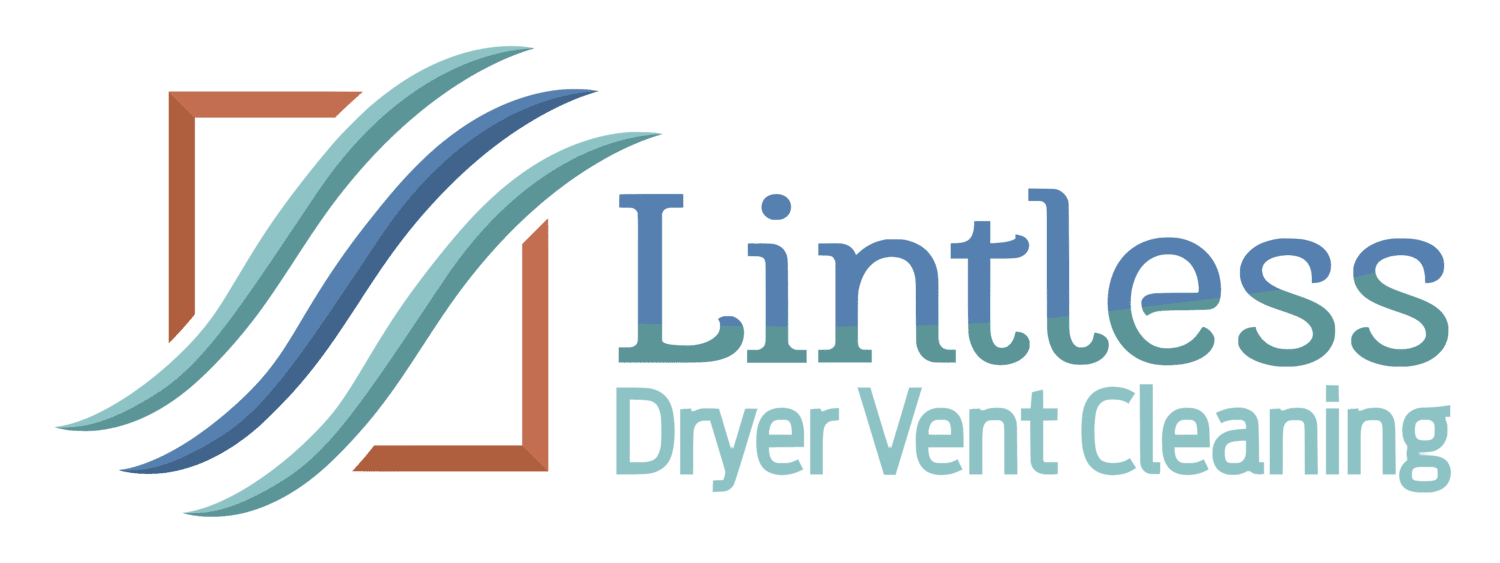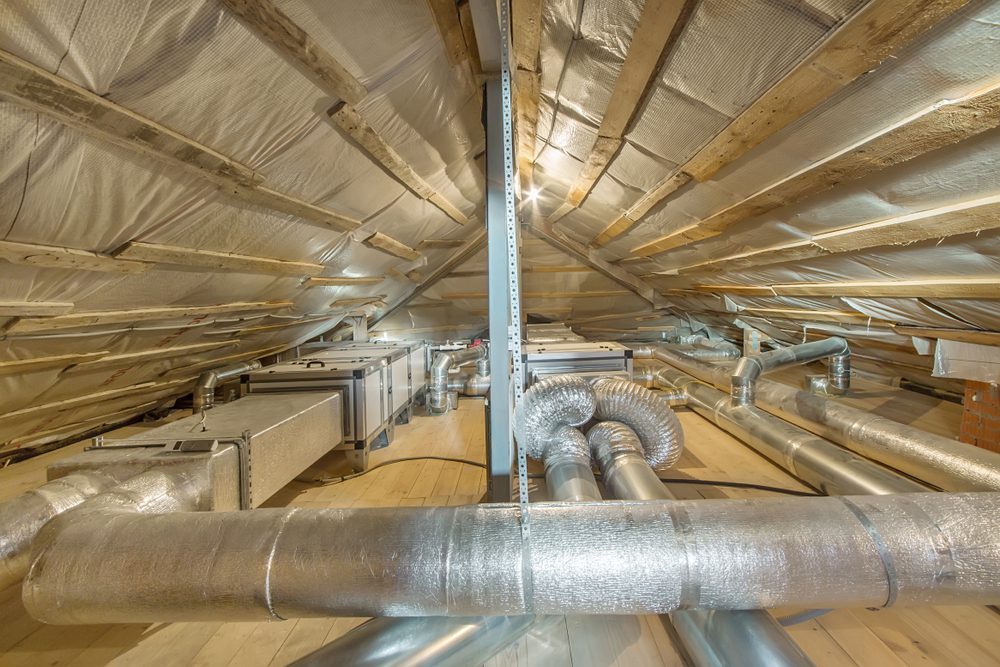Air Duct Cleaning Methods: Dry vs. Wet Cleaning
When it comes time to clean your home or business air ducts, there are two primary techniques; dry and wet cleaning.
This article will discuss how dry vs. wet air duct cleaning processes work.
Dry Air Duct Cleaning
Dry air duct cleaning is the more common method used by professionals. It involves using specialized vacuums to suck out dust, debris, and contaminants that have built up inside the ductwork.
Here is a brief overview of dry cleaning.
Vacuum Cleaning
This technique uses powerful vacuum cleaners designed specifically for cleaning air ducts. The vacuums have high airflow to pull loose particulates out of the ducts and into the vacuum collection device. Vacuum duct cleaners use HEPA filters to trap allergens and prevent them from escaping into the air.
Brush Cleaning
Rotating brushes can be attached to the vacuum hose and scrub the interior duct surfaces. The brush loosens stuck-on debris and stirs dust so the vacuum can extract it. This is often done before vacuuming as an agitation step.
Tools for Hard-to-Reach Areas
Professionals use long snaking brushes and compressed air tools to scour and agitate remote areas inside the ductwork that the vacuums can’t reach.
Containment
During dry duct cleaning, container systems are set up to avoid dust spreading to other home areas. Plastic sheeting seals off vents and contains debris. Some companies also use negative air pressure containment.
No Moisture
A key advantage of dry duct cleaning is no moisture is introduced into the ductwork. This eliminates any possibility of promoting mold growth in the system.
Overall, dry cleaning provides an extensive cleaning by capturing dust and allergens before they get re-circulated into the air. The powerful vacuums extract years of built-up particulates out of the duct system.
Wet Air Duct Cleaning
Wet air duct cleaning uses water and detergents to wash out the interior of air ducts. Here are some details on the wet cleaning process:
Steam Cleaning
Very hot steam under pressure is injected into the ducts to liquefy debris and contaminants. The steam and condensation help wash them away.
Hot Water Flushing
High-pressure, hot water is sprayed throughout the ducts. Detergents are often injected to help break down oily residue. The water flushes out the containments.
Mechanical Scrubbing
Rotating brushes or agitating devices scrub the interior surfaces while the steam or hot water breaks up debris.
Vacuuming
Wet vacuum systems then extract all the moisture and residue. Several rinse cycles are typically performed to eliminate any detergent residue.
Drying
Powerful air movers are placed within the ducts to dry out the system when cleaning is complete thoroughly.
The main advantage of wet air duct cleaning is its very thorough wash-down of all surfaces. However, there is controversy around introducing liquids. If moisture lingers, it can support mold growth. Proper drying is essential.
Air Duct Cleaning Services from Lintless
When it’s time to clean your home’s air ducts, trust the experts at Lintless to provide affordable and pristine air duct cleaning services. Lintless serves clients throughout New Jersey utilizing industry-leading vacuum duct cleaning methods.
Lintless employs powerful HEPA vacuums that extract years of accumulated dust and allergens from your ductwork. The certified technicians scrub and agitate the entire inner surfaces of your ducts to lift away stuck-on debris.
The Lintless team takes care to contain dust and prevent it from spreading into your home. Only industry-approved, non-toxic cleaning solutions are used sparingly to capture soiled contaminants.
Lintless delivers superior air duct cleaning services beneficial to your home or business that leave your system spotless without leaving moisture behind.
Contact Lintless today to schedule high-quality ductwork cleaning. Keep your home’s air pure and breathe easy with Lintless.


